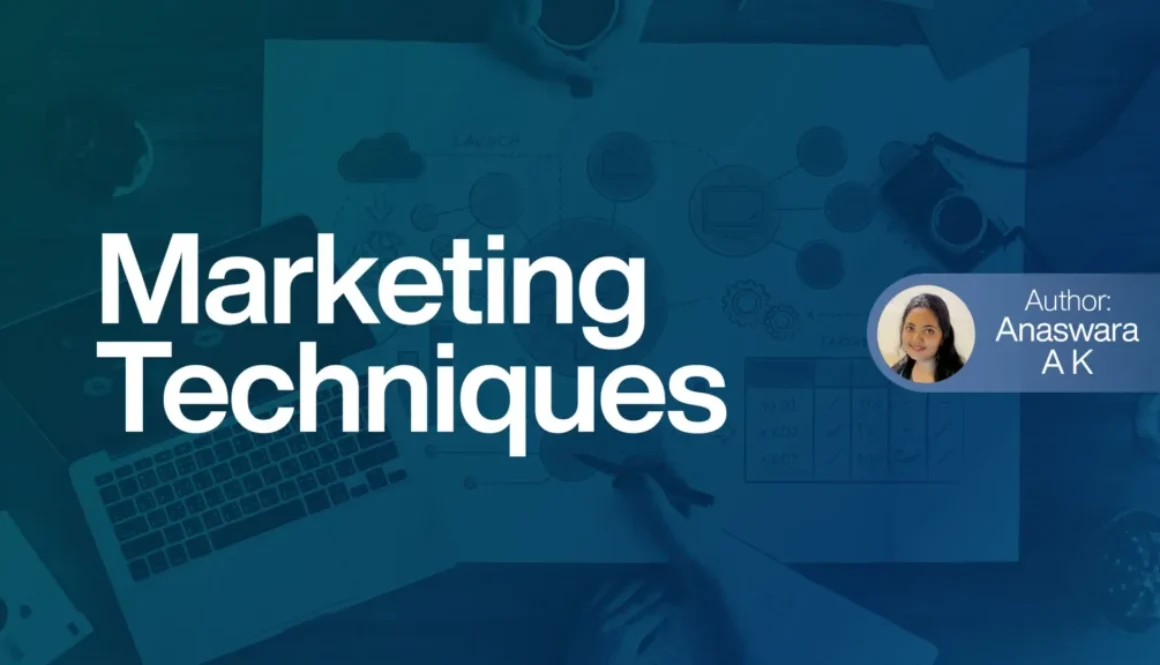The Forgotten Foundation: Why Content Marketing Still Matters in the Age of Performance Marketing
In today’s rush toward instant results, are businesses forgetting the importance of content marketing?
Here’s the truth: organic marketing and performance marketing are two sides of the same coin. You need both to succeed. Yet, I’ve noticed a troubling trend across the industry—businesses are pouring their entire budget into Meta ads and Google ads, chasing quick wins while completely ignoring the organic side of their strategy.
Table of Content
The Problem with Quick Fixes
Most businesses today lack patience. They want leads, conversions, and ROI—and they want them yesterday. There’s nothing wrong with wanting results, but here’s what they’re missing: visibility, audience trust, and sustainable growth.
When you focus exclusively on paid campaigns, you’re essentially renting your audience. The moment your ad budget runs out, your visibility disappears. Your leads dry up. Your business stops growing.
From my experience working with various businesses, I’ve seen this pattern repeat itself again and again. The mistake is simple but devastating:
You’re building a beautiful building without a strong foundation.
Think about what happens to that building. It might look impressive at first, but eventually, it collapses.
When the Money Runs Out
Here’s the scenario that plays out too often:
You spend thousands on paid campaigns with zero investment in organic content marketing or brand building. You’re not thinking about brand visibility or long-term goals. Then one day, your budget runs dry—and your business collapses like a house of cards.
Meanwhile, your competitor who invested in organic reach and built genuine brand visibility? They’re still standing strong. They’re still getting sales organically. They’ve built something sustainable.
The Real Solution: Balance and Foundation
So what’s the point here?
For small businesses, the most effective strategy is balance—but with a strong emphasis on the organic side.
Large enterprises with deep pockets can afford to lean heavily on paid advertising. But for small to medium-sized businesses, organic content marketing isn’t optional—it’s essential. It’s what brings trust, credibility, and long-term growth.
This is where most businesses fail. They ignore the foundation.
Without a voice, without an identity, how will people remember you? How will they trust you enough to buy from you? How will you prove that you’re good enough at solving their problems?
The answer is through consistent, valuable content that educates, engages, and builds relationships over time.
Building for the Long Term
Content marketing isn’t about immediate ROI. It’s about:
- Building brand awareness that lasts beyond a single ad campaign
- Establishing authority in your industry
- Creating trust with your audience
- Generating organic traffic that compounds over time
- Developing a loyal community that advocates for your brand
Yes, paid ads have their place. They can accelerate growth, capture demand, and drive immediate results. But they work best when supported by a strong organic foundation.
To deepen your understanding of content strategy and execution, explore our Advanced Content Marketing Course in Kerala for practical techniques and frameworks.
The Bottom Line
If you want your business to survive and thrive in the long run, you need both sides of the coin. Invest in paid advertising for short-term wins, but never neglect the organic content that builds your brand’s foundation.
Because at the end of the day, a business built on paid ads alone is just one budget cut away from disappearing. But a business built on genuine value, trust, and visibility? That’s built to last.










